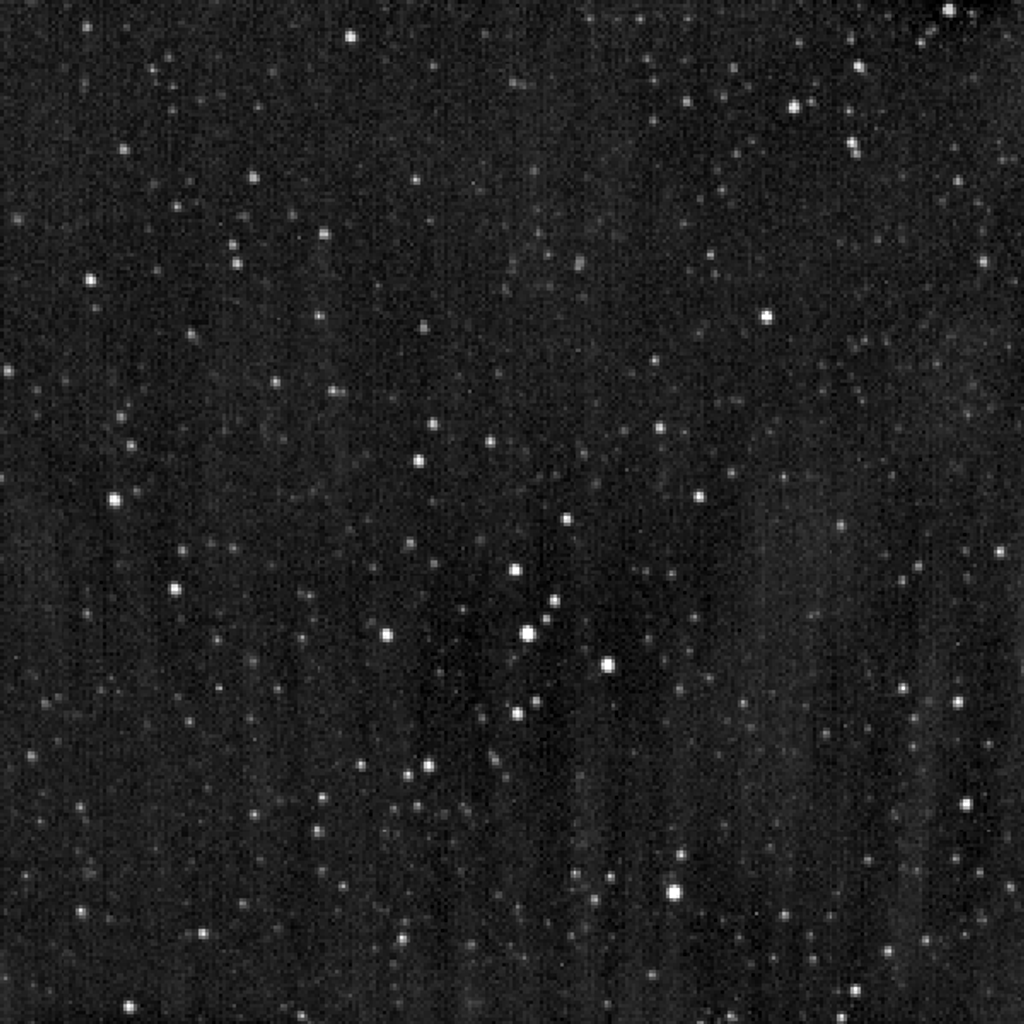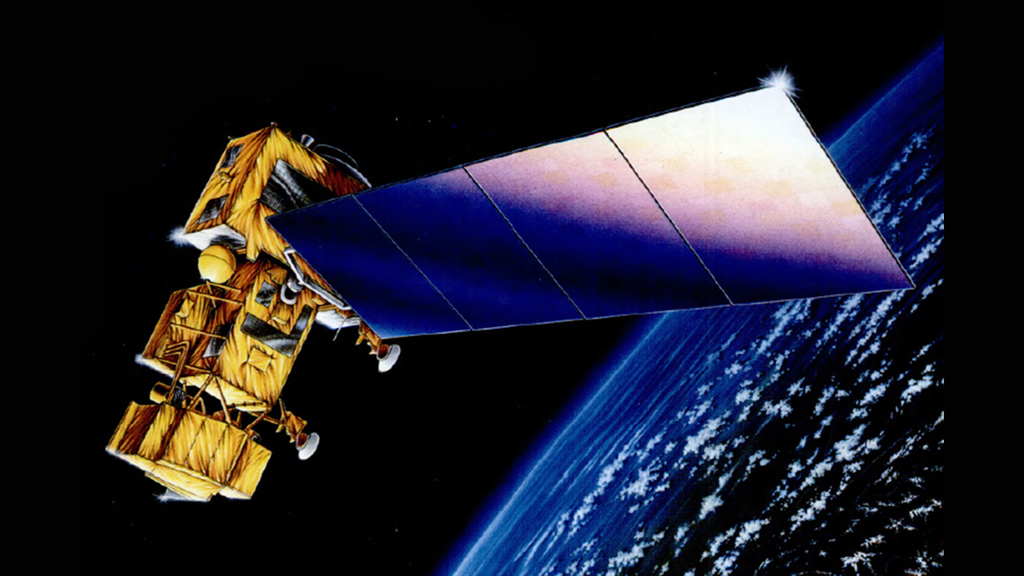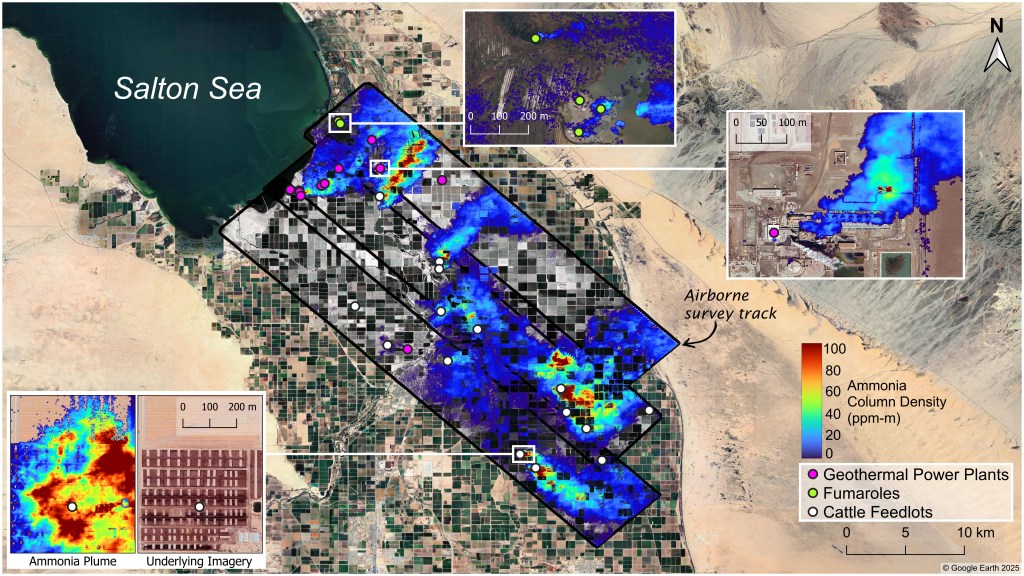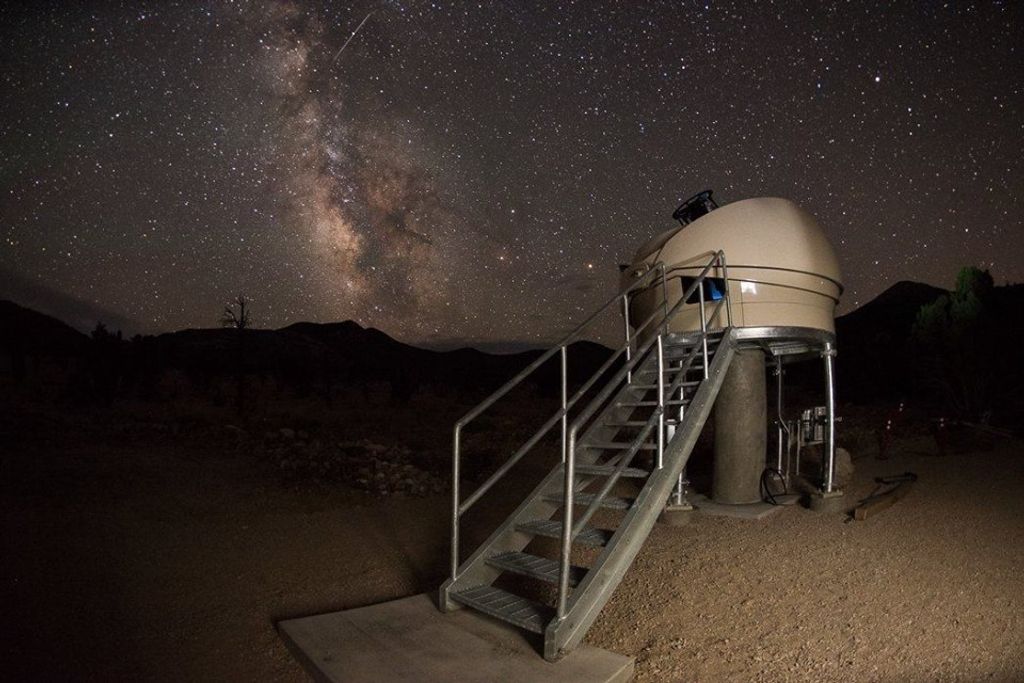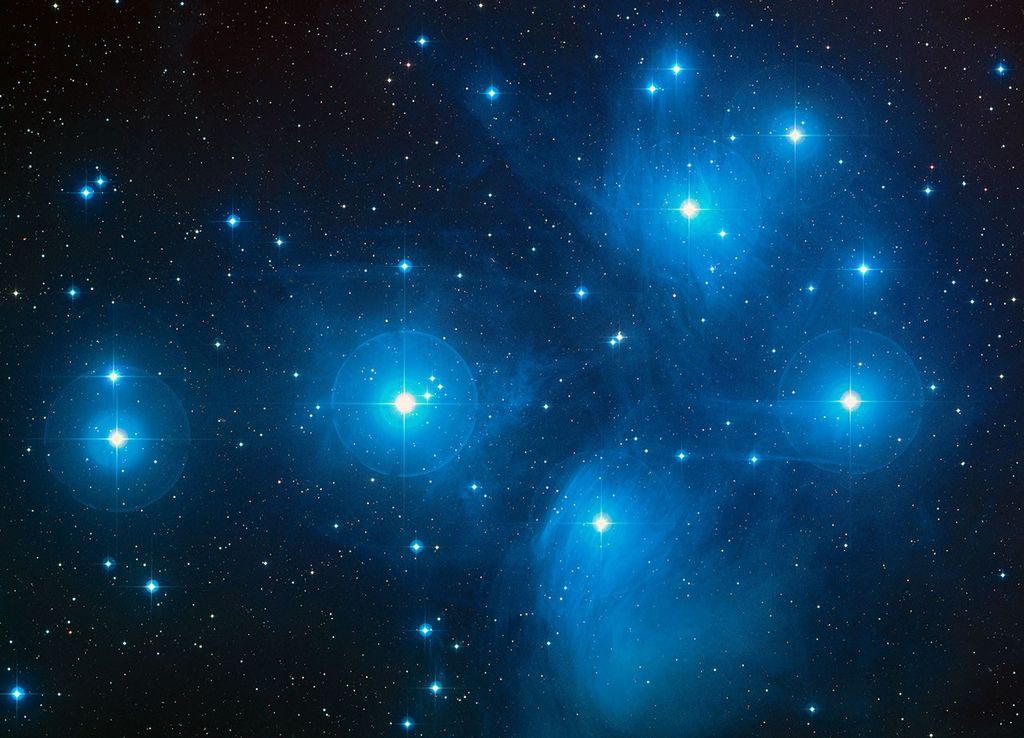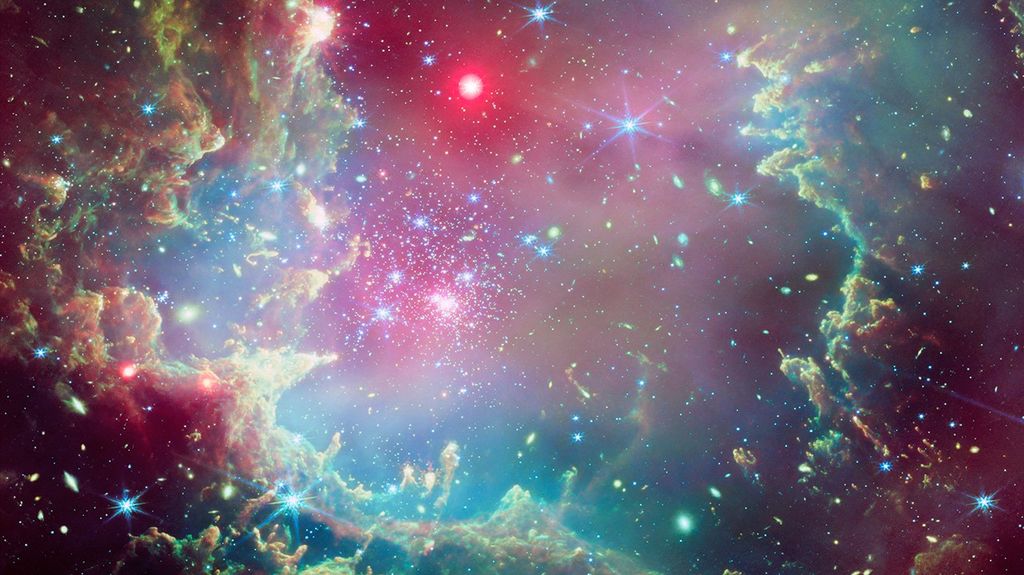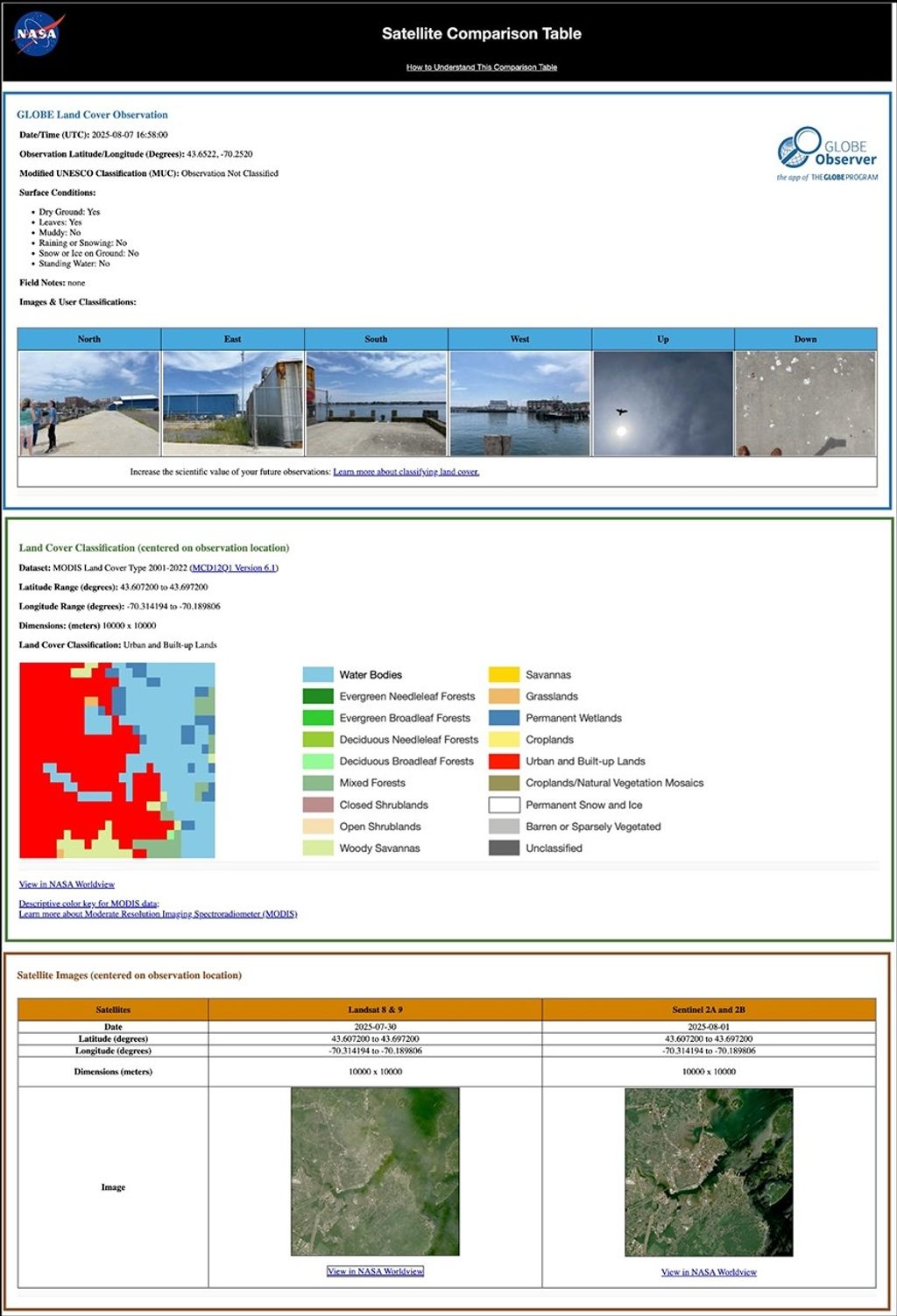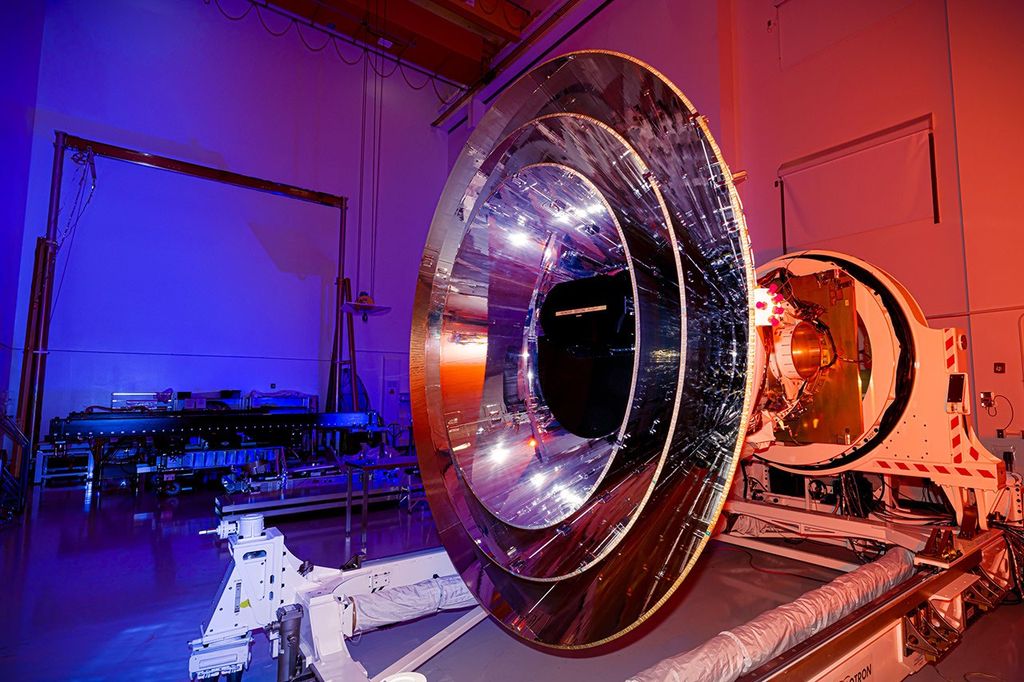1 min read
Upsilon Andromedae A System
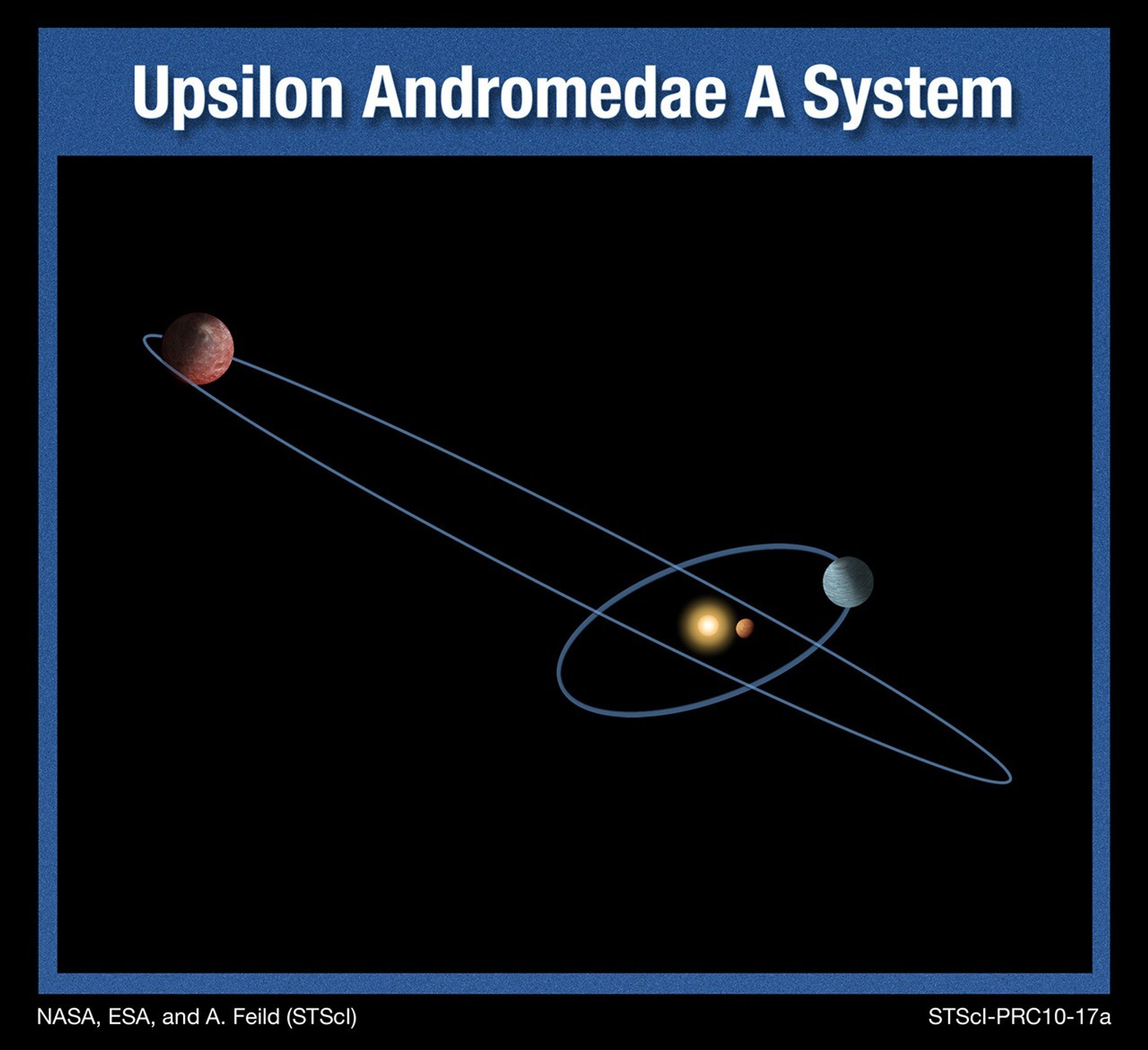
This is an artist's illustration of the Upsilon Andromedae A planetary system, where three Jupiter-type planets orbit the yellow-white star Upsilon Andromedae A. Astronomers have recently discovered that not all planets orbit this star in the same plane, as the major planets in our solar system orbit the Sun. The orbits of two of the planets are inclined by 30 degrees with respect to each other. Such a strange orientation has never before been seen in any other planetary system. This surprising finding will impact theories of how planetary systems form and evolve, say researchers. It suggests that some violent events can happen to disrupt planets' orbits after a planetary system forms. The discovery was made by joint observations with the Hubble Space Telescope, the Hobby-Eberly Telescope, and other ground-based telescopes.
About the Object
- R.A. PositionR.A. PositionRight ascension – analogous to longitude – is one component of an object's position.01h 36m 47s.76
- Dec. PositionDec. PositionDeclination – analogous to latitude – is one component of an object's position.+41° 24' 18".9
- ConstellationConstellationOne of 88 recognized regions of the celestial sphere in which the object appears.Andromeda
- DistanceDistanceThe physical distance from Earth to the astronomical object. Distances within our solar system are usually measured in Astronomical Units (AU). Distances between stars are usually measured in light-years. Interstellar distances can also be measured in parsecs.44 light-years (13.6 parsecs)
About the Data
- Data DescriptionData DescriptionProposal: A description of the observations, their scientific justification, and the links to the data available in the science archive.
Science Team: The astronomers who planned the observations and analyzed the data. "PI" refers to the Principal Investigator.The Hubble data are from the HST proposals 9407, 9971, and 10103: G. Benedict and B. McArthur (University of Texas, Austin), E. Nelan (STScI), M. McGrath (NASA/MSFC), P. Butler (Carnegie Institution of Washington), G. Marcy (University of California, Berkeley), A. Hatzes (Tautenburg Observatory, Germany), B. Cochran (University of Texas, Austin), and G. Gatewood (University of Pittsburgh). Note: The discovery was made by joint observations from the Hubble Space Telescope, the Hobby-Eberly Telescope (HET), and other ground-based telescopes. The Hobby-Eberly Telescope is located at the University of Texas at Austin's McDonald Observatory. Spectroscopic observations of the Upsilon Andromedae system were taken with the HET's High Resolution Spectrograph from August 2004 through July 2008. - InstrumentInstrumentThe science instrument used to produce the data.HST>FGS
- Exposure DatesExposure DatesThe date(s) that the telescope made its observations and the total exposure time.December 2001 - August 2006
- FiltersFiltersThe camera filters that were used in the science observations.F5ND and F583W
- Object NameObject NameA name or catalog number that astronomers use to identify an astronomical object.Upsilon Andromedae
- Object DescriptionObject DescriptionThe type of astronomical object.Star with Planetary System
- Release DateMay 24, 2010
- Science ReleaseOut of Whack Planetary System Offers Clues to a Disturbed Past
- Credit
Related Images & Videos
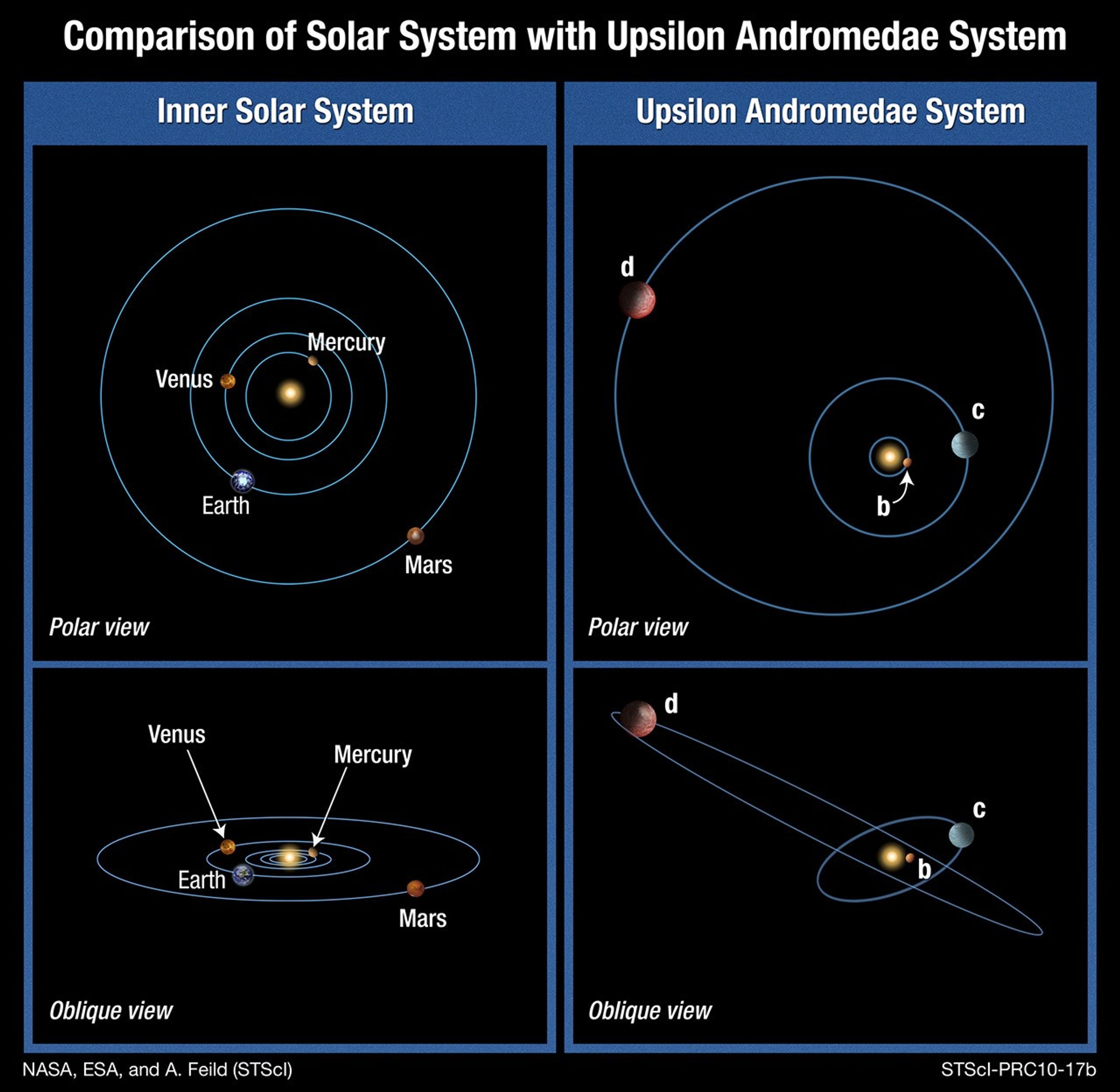
Comparison of Solar System with Upsilon Andromedae System
This is an artist's illustration that compares the solar system with the Upsilon Andromedae system. Astronomers have recently discovered that not all planets orbit the bright yellow-white star Upsilon Andromedae in the same plane, as the major planets in our solar system orbit...
Share
Details
Last Updated
Aug 17, 2025
Contact
Media
Claire Andreoli
NASA’s Goddard Space Flight Center
Greenbelt, Maryland
claire.andreoli@nasa.gov






